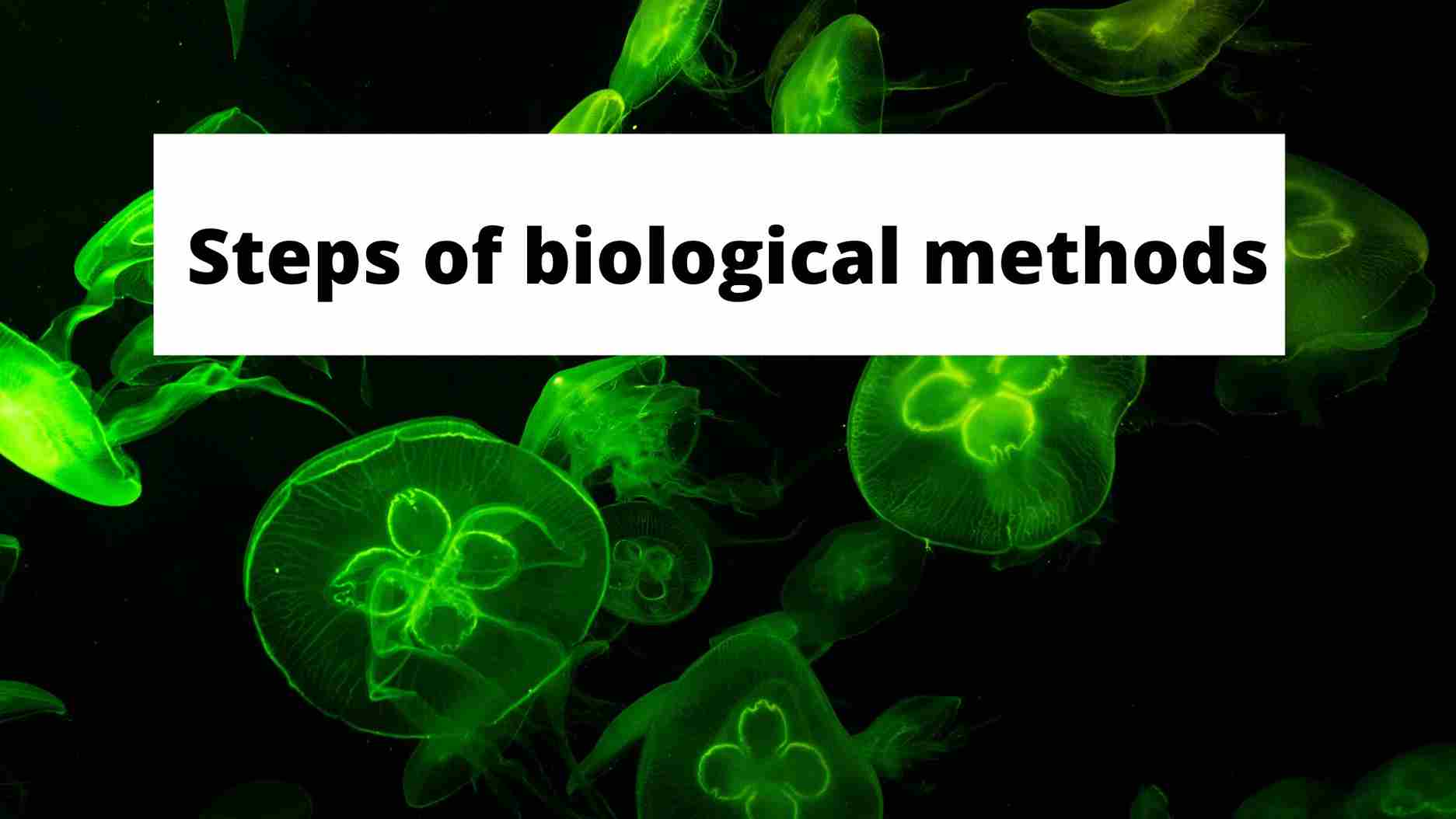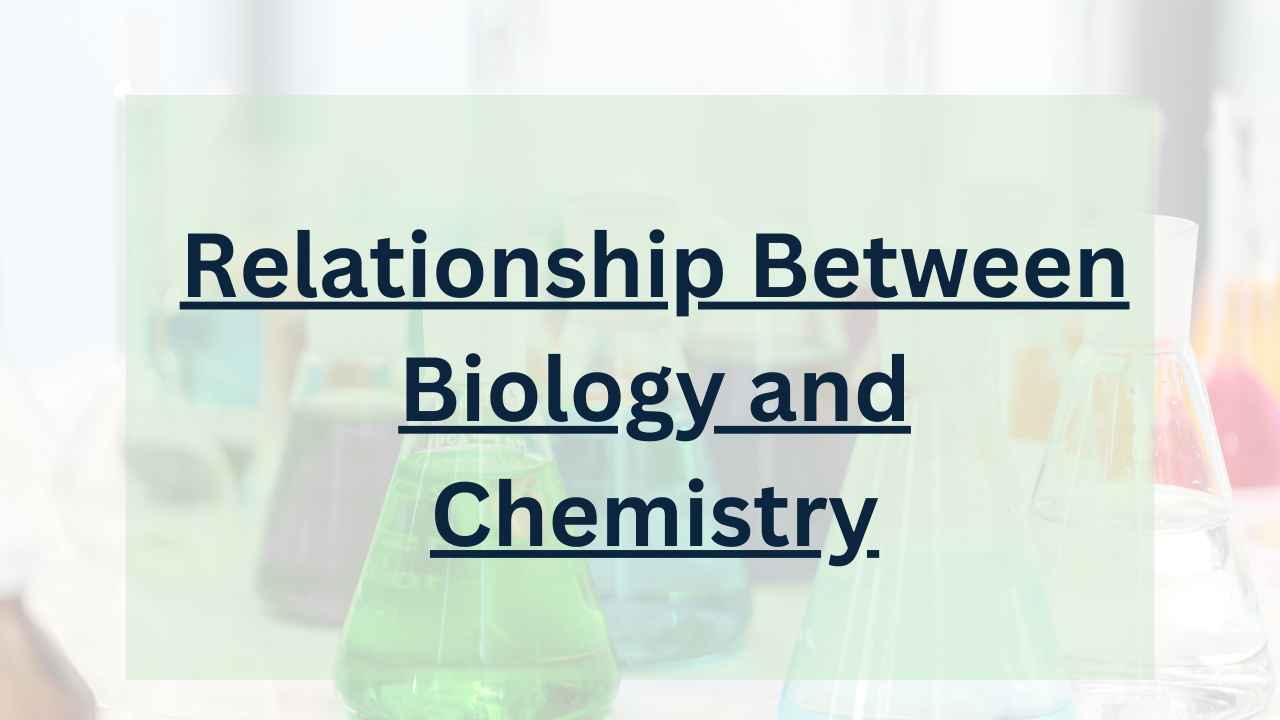Organ and Organ System- An Overview
The group of different tissues performing the same function is called organs. Different tissues are organized into the organs except for the simplest animals (sponges and cnidarians). The word organ comes from Latin meaning “organ” or “instrument”.
What is an Organ?
In medicine, organs are the body parts responsible for specific functions. For example, the heart pumps blood, the lungs breathe air, the stomach digests food, etc.
An organ is a part of the human body that performs a particular function. There are several types of organs, such as internal organs (like the brain), external organs (like the eyes), and reproductive organs (such as the ovaries).

Tissue Layers of Organs
Some organs have their tissue layers; For example, the stomach has four major layers.
•The lumen is lined by a thick epithelium. This epithelium secretes mucus and digestive juices.
• Outside this layer is a zone of connective tissue It is followed by a thick layer of smooth muscle.
•The entire stomach is encapsulated by another layer of connective tissue. A laminated organization is also present in the dermis. It is the outer skin of the body. Many of the organs of vertebrates are suspended by mesenteries.
Mesenteries are sheets of connective tissue present in the body cavities. Mammals have an upper thoracic cavity separated from a lower abdominal cavity by a sheet of muscle called the diaphragm.
1. Heart
The heart is the center of the circulatory system. It pumps blood throughout the body via arteries, veins, capillaries, and lymphatic vessels. The heart consists of four chambers: two atria (upper chambers) and two ventricles (lower chambers). Each chamber contains valves that prevent backflow while allowing flow in only one direction.
Blood enters the right atrium, passes through the trabeculae carneae (pores between muscle fibers), and then travels to the right ventricle. From here, the blood flows to the lungs where oxygen is absorbed and carbon dioxide expelled.
The blood then returns to the left atrium and continues its journey around the heart until it reaches the left ventricle. In the final stage of circulation, the blood moves to the rest of the body via the pulmonary artery and the aorta.
2. Kidneys
The kidneys filter out toxins from the blood and regulate fluid balance. They also maintain acid-base homeostasis, control electrolyte levels, and produce urine. The kidneys are located in the abdominal cavity behind the peritoneum and above the bladder.
There are two kidneys in each side of the body. The left kidney filters about 200 milliliters of blood per minute. The right kidney filters about 150 milliliters of blood.
Organ system
The group of different organs performing the same functions is called the organ system. An organ system is a level of organization higher than organs. The organs carry out major functions of vertebrates and members of most invertebrate phyla.
The organ system consists of several organs. Examples are the digestive, circulatory, respiratory, and excretory systems. Each system has specific functions. But the efforts of all systems must be coordinated for the survival of animals.
For instance, nutrients are absorbed from the digestive tract. They are distributed throughout the body by the circulatory system. But the heart itself depends on nutrients absorbed by the digestive tract. The respiratory system absorbs oxygen from the air. This oxygen is transported by blood.
1. Digestive System
The digestive system is responsible for breaking down food and converting it into usable forms. It consists of several organs including the mouth, esophagus, stomach, small intestine, liver, gallbladder, pancreas, spleen, appendix, colon, rectum, and anus.
The digestive system is responsible for absorbing nutrients and removing toxins from the body.

2. Respiratory System
The respiratory system is responsible for taking oxygen and carbon dioxide from the air and moving them throughout the body. It includes the nose, sinuses, trachea, bronchi, lungs, diaphragm, chest cavity, heart, and blood vessels.
The respiratory system is responsible for providing the body with oxygen and removing carbon dioxide from the body.

 written by
written by 





Leave a Reply